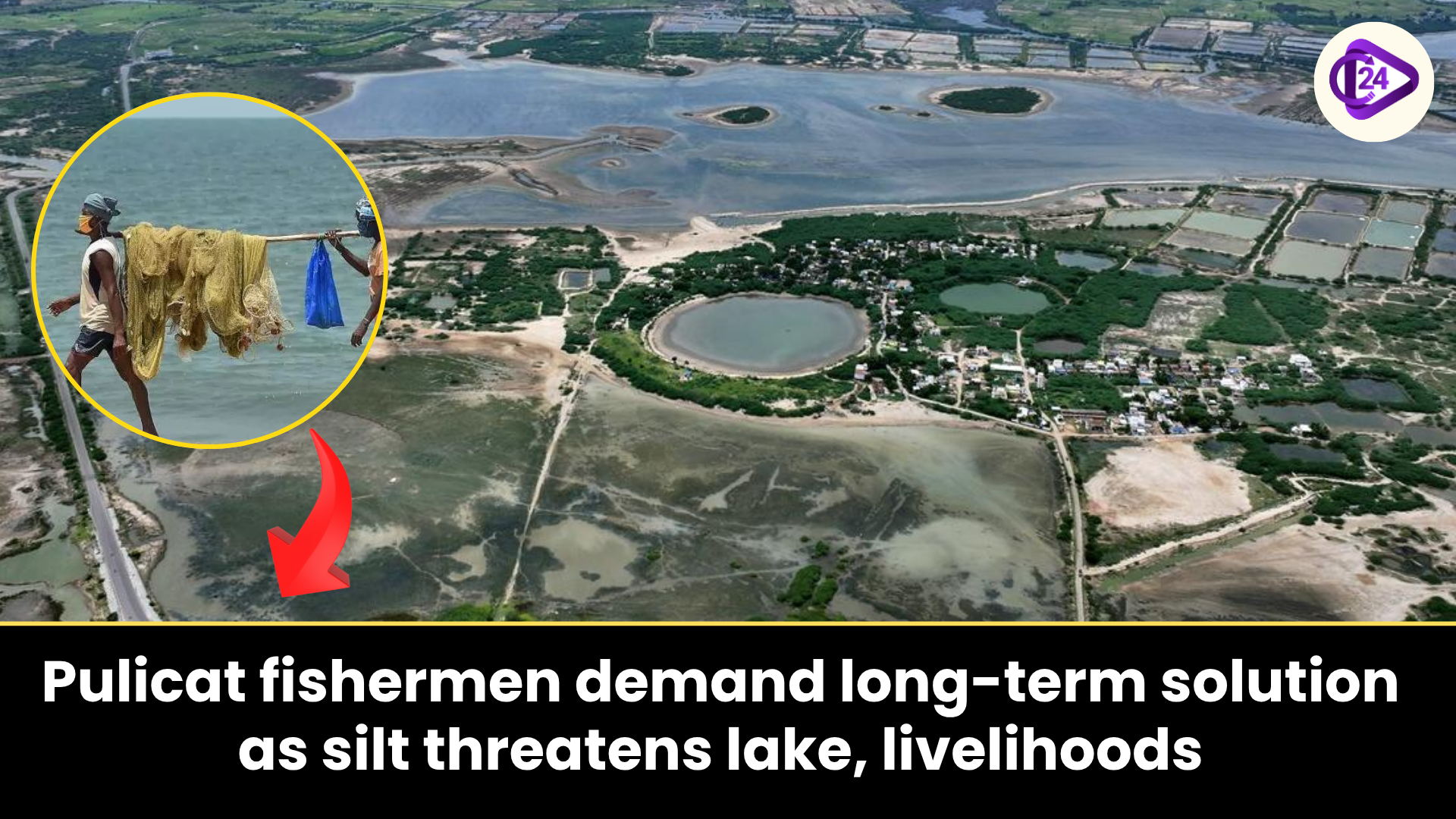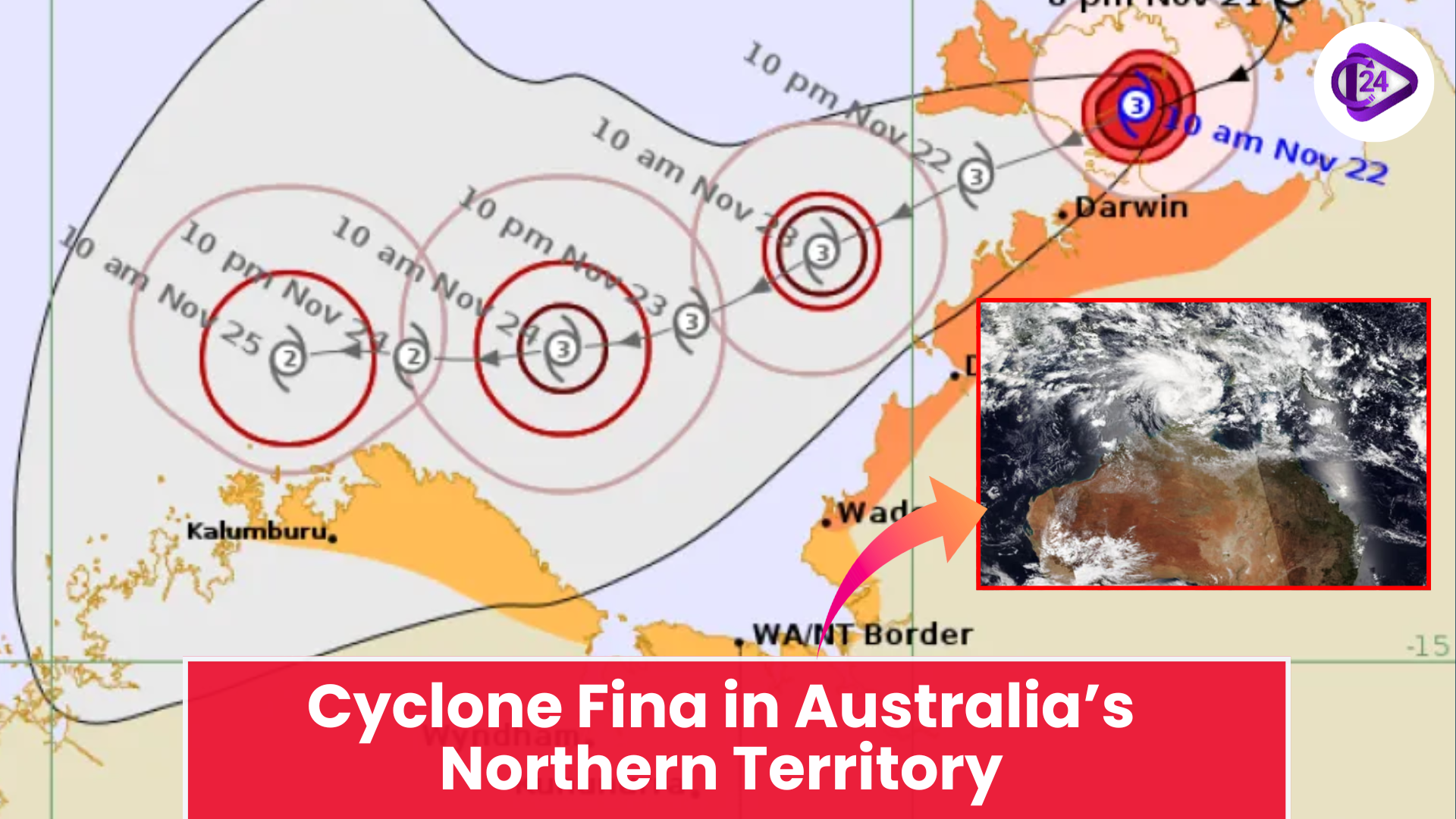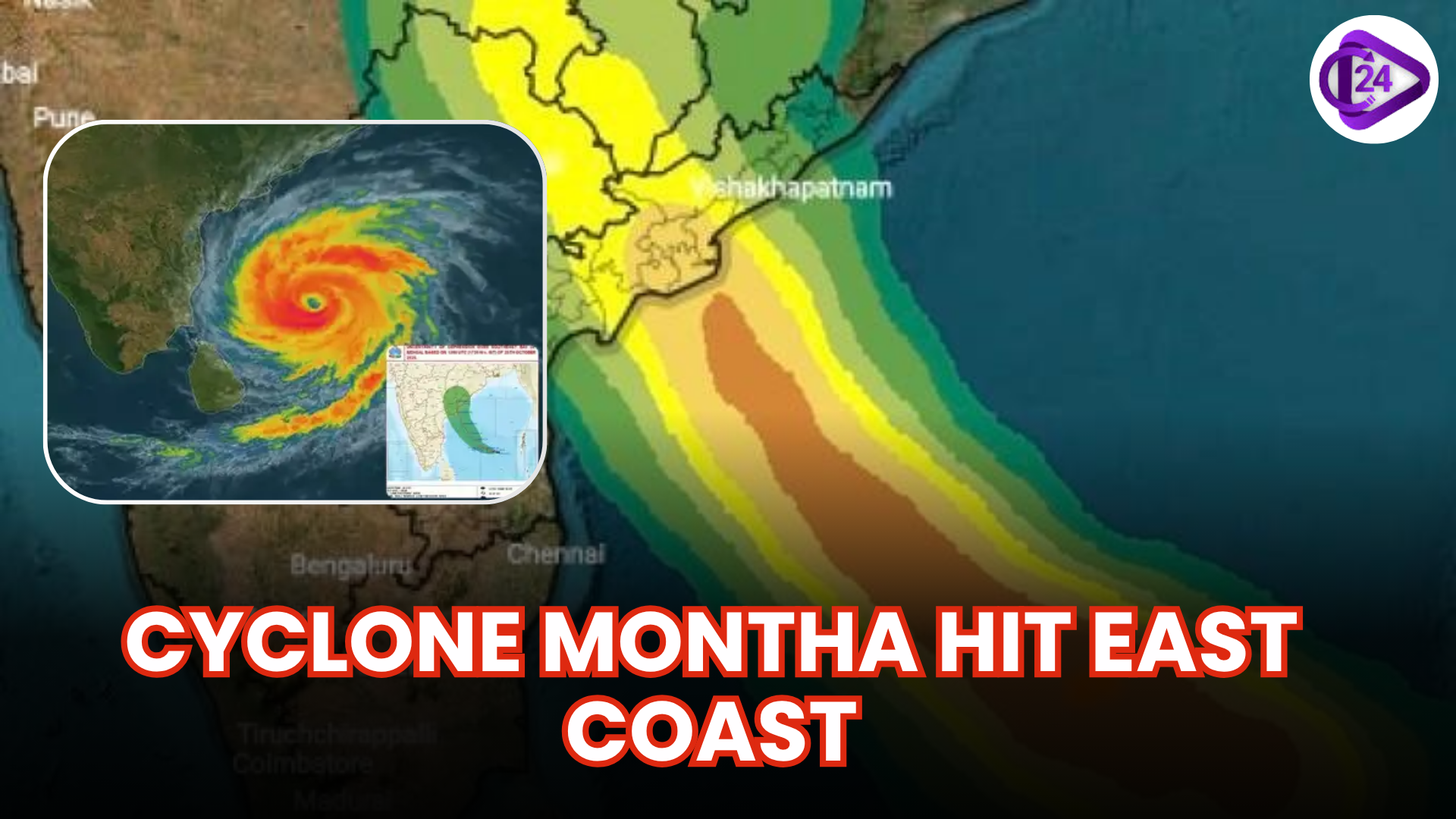
The second-largest lagoon of brackish water in India, Pulicat Lake, is experiencing a serious ecological crisis due to high siltation in its outlet. Fishermen in neighboring villages in Andhra Pradesh and Tamil Nadu have demanded a lasting solution, stating that their livelihoods are at risk because the lake is shrinking and the fish population is declining.
Why is this critical for fishermen and communities?
-
The second-largest brackish lagoon in India, Pulicat Lake, is also experiencing serious siltation that has endangered the ecosystem and livelihoods of fishermen.
-
The obstructed mouth of the lake hinders the flow of seawater, reducing the population of fish and prawns and making fishing hard.
-
Catchs of fish are reduced, fishermen travel farther, spend more, and get less.
-
The disappearing lagoon also impacts migratory birds, mangroves, and local agriculture by disrupting the natural balance of the wetland.
-
Specialists recommend long-term desilting, pollution control, and sustainable management to revive the health of the lake.
-
Pulicat has a grim future, both ecologically and economically, unless something is done.
Key Highlights of Pulicat Lake
-
The second-largest brackish water lagoon in India is Pulicat Lake, which is situated between Andhra Pradesh and Tamil Nadu.
-
It has an area of approximately 759 square kilometers and sustains thousands of fishing families.
-
The lake is an important source of migratory birds, such as flamingos and pelicans.
-
Pulicat Lake became a Ramsar Site in 2002, as a globally recognized ecologically important location.
-
Major dangers are siltation, pollution, and loss of habitat, which impact not only biodiversity but also local livelihoods.
Conclusion
The existence of Pulicat Lake is critical to ecology and the local community's lives. Increasing siltation, pollution, and loss of water flow endanger its biodiversity and the earnings of thousands of fishermen. It requires a long-term and coordinated strategy between Andhra Pradesh and Tamil Nadu. The lake can be healthier again through regular desilting, pollution control, and community involvement. The objective of protecting Pulicat is not only a goal that benefits the environment but also a measure to ensure the protection of sustainable livelihood and balanced climatic conditions of the region.



 Cyclone Fina Hits Northern Australia With Destructive Force
Cyclone Fina Hits Northern Australia With Destructive Force Tiger Returns to Gujarat After 32 Years | Historic Wildlife Comeback 2025
Tiger Returns to Gujarat After 32 Years | Historic Wildlife Comeback 2025 Namdapha Butterfly Festival Showcases the Wild Heart of Arunachal Pradesh
Namdapha Butterfly Festival Showcases the Wild Heart of Arunachal Pradesh Gogabeel Lake Achieves Ramsar Status for Biodiversity and Conservation
Gogabeel Lake Achieves Ramsar Status for Biodiversity and Conservation Cyclone Montha Makes Landfall Near Kakinada, Bringing Destruction to Andhra and Odisha
Cyclone Montha Makes Landfall Near Kakinada, Bringing Destruction to Andhra and Odisha India Conducts First-Ever DNA-Based Elephant Census, Reveals Population Decline by 25%
India Conducts First-Ever DNA-Based Elephant Census, Reveals Population Decline by 25% Maharashtra Gets India’s First Cooperative CBG Plant | 12 Tonnes Biogas Daily Production
Maharashtra Gets India’s First Cooperative CBG Plant | 12 Tonnes Biogas Daily Production Reintroduction of Asian Giant Tortoise in Nagaland: A Step Towards Community-Led Biodiversity Conser
Reintroduction of Asian Giant Tortoise in Nagaland: A Step Towards Community-Led Biodiversity Conser Kaziranga in Assam Records Third-Highest Tiger Density in India
Kaziranga in Assam Records Third-Highest Tiger Density in India






